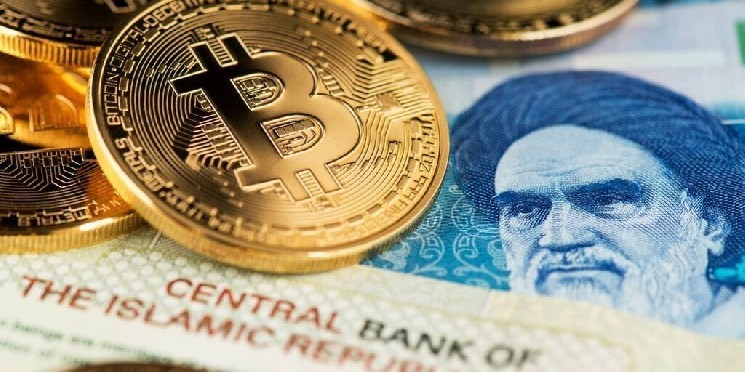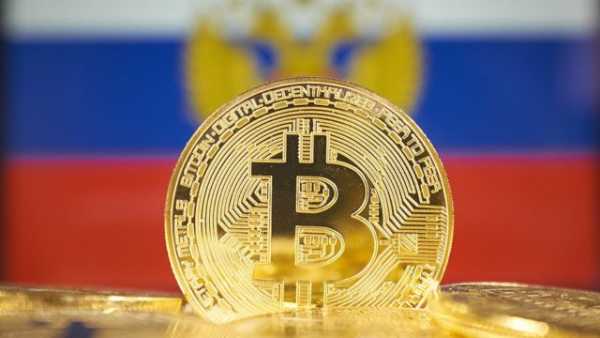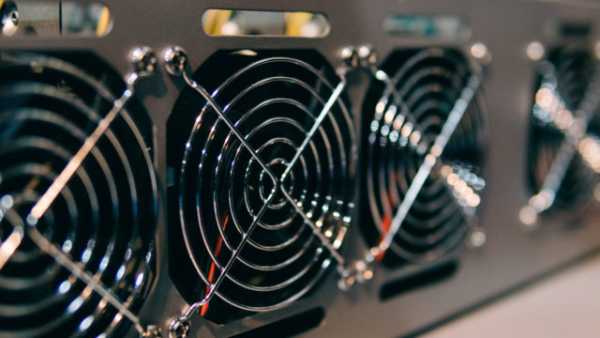How Much Bitcoin Has Iran Mined? It's Complicated

Iran is mining and trading cryptocurrencies out of necessity due to tough global sanctions and the depreciation of its local currency amid high inflation since at least 2019. However, experts told Decrypt that valuing its assets remains extremely difficult.
The University of Cambridge's Centre for Alternative Finance estimated that the country owned 7.5% of the Bitcoin hashrate in March 2021, while this figure had dropped to just 0.12% in January 2022.
Andrew Scott Easton, founder and CEO of Bitcoin mining fund Masterminded , estimates that around 60,000 BTC have been mined in the country's history , which would be worth $6.4 billion at current prices.
At the same time, Kent Halliburton, co-founder and CEO of mining platform Sazmining , estimates that the country has mined between 100,000 and 200,000 BTC since 2018. This could mean that its assets are valued between $10.7 billion and $21.4 billion. It is important to note that in 2019, Iran began issuing official licenses for cryptocurrency mining.
However, Rajat Ahlawat, a researcher at compliance firm Crystal Intelligence , told Decrypt that this is too difficult to assess. He explained that this is because Iran’s mining industry has largely gone underground to avoid high energy prices.
The most easily tracked sector is legally licensed cryptocurrency mining farms. According to the National Council of Resistance of Iran , a coalition opposed to the current Iranian government, about 1,000 licenses for cryptocurrency mining farms were issued in 2020. The same source reported that over 10,000 licenses were issued to miners and exchanges in 2022.
However, former President Hassan Rouhani himself confirmed that as of 2021, about 85% of Iran's mining was unlicensed. Iran's state-owned electricity company Tavanir estimated that there were about 700,000 illegal mining rigs operating in Iran earlier this year.
According to Ahlawat, this is because licensed mining farms often find it difficult to make significant profits due to the high tariffs and electricity prices they are forced to pay.
“Take the steel industry for example – they use a lot of electricity for smelting and stuff – but the rates that the steel industry pays are lower than what [cryptocurrency] miners pay,” Ahlawat told Decrypt , explaining why so much mining takes place underground.
When a new bitcoin is mined, there is no trace of the miner's location in the chain. This means its origins cannot be determined, allowing Iranian citizens and the government to evade international sanctions.
As a result, a condition of the cryptocurrency mining license is that any bitcoin mined must be sold directly to Iran's central bank so that the government can benefit from circumventing sanctions. However, this means that individual miners and groups are losing the opportunity to profit from bitcoin mining.
Thus, most mining in Iran is carried out by individuals and inside institutions such as schools and mosques that have access to free or heavily subsidized electricity, Ahlawat explained. This also applies to government-affiliated organizations that mine bitcoins and also benefit from reduced electricity rates.
Bitcoin mining rig in a mosque in Iran.
Mosques get free electricity. pic.twitter.com/JISbo5K95A
— Whole Mars Catalog (@WholeMarsBlog) May 23, 2021
These illegal operations put enormous pressure on Iran's electricity grid, sometimes causing power outages across the country and robbing electricity providers of potential profits. It has become such a problem that Tavanir has begun offering rewards to those who report illegal cryptocurrencies.
Source: cryptonews.net



